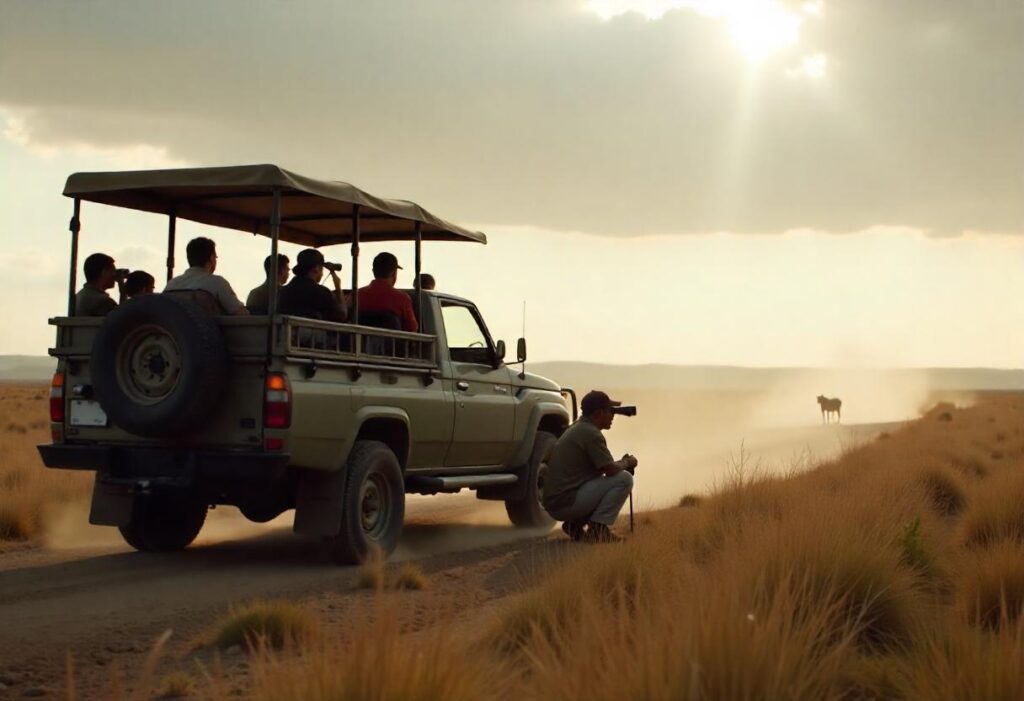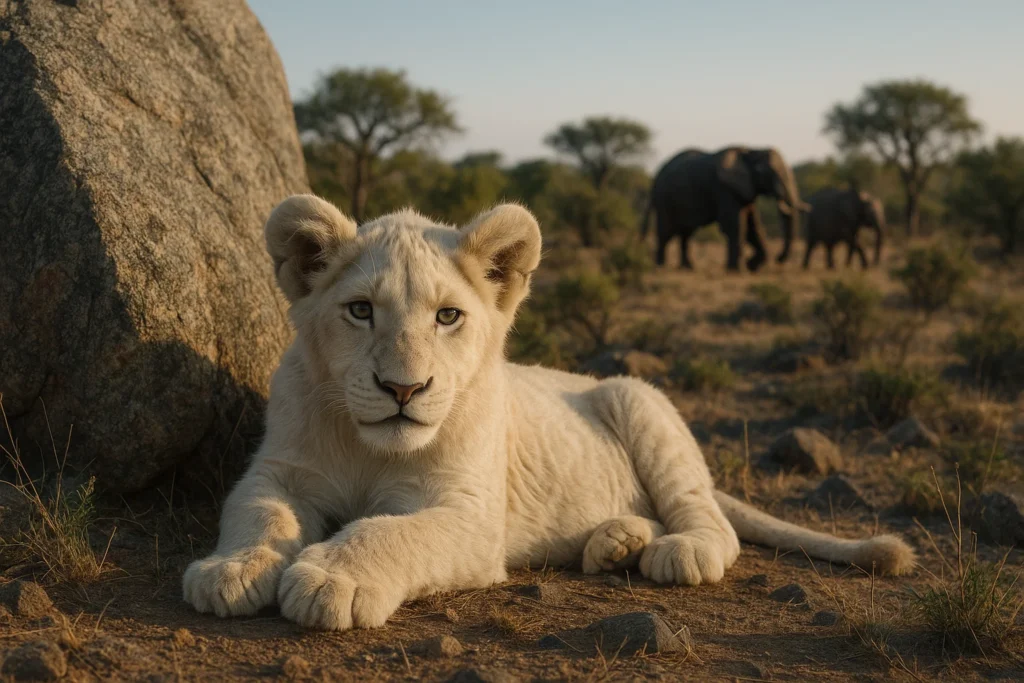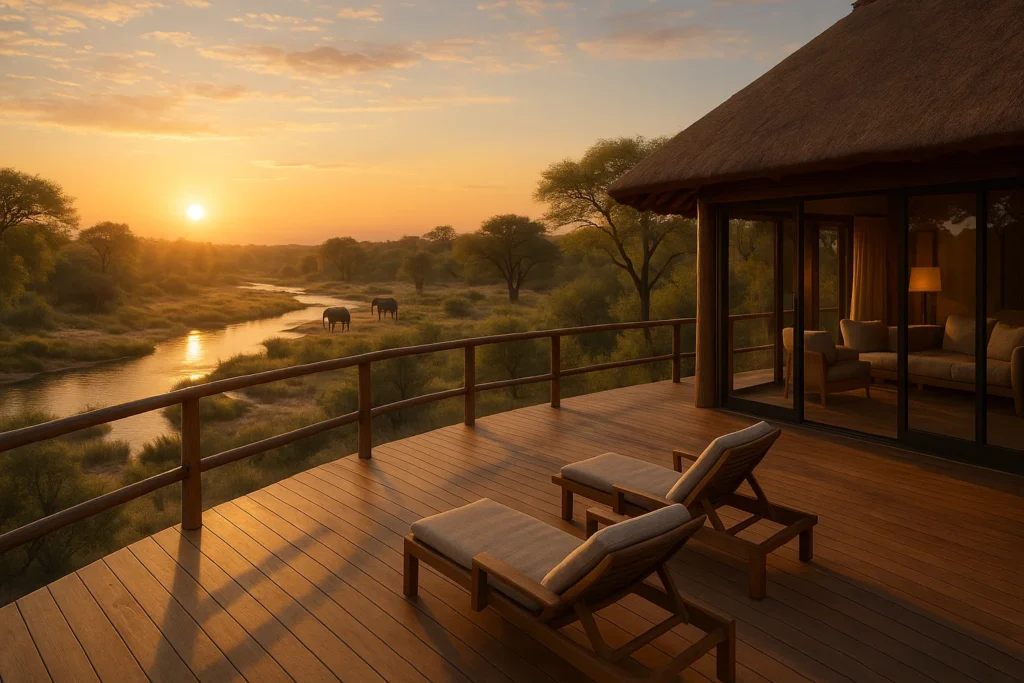First-time safari-goers often arrive with romanticized ideas about what awaits in the African bush: nonstop wildlife action, cinematic sunsets, and daily sightings of the Big Five. While safaris are genuinely magical, they are also real-life experiences shaped by nature, unpredictability, and patience. In this guide, we’ll explore the common gaps between expectation and reality—based on insights from safari guides who live this every day.
Expectation: You’ll see the Big Five on your first game drive
Reality: You might not see all five—and that’s okay.
Guides often remind guests that wildlife sightings aren’t guaranteed. Lions may be sleeping out of view, rhinos might be elusive, and leopards are famously shy. What makes sightings so special is their unpredictability. Safari is about appreciating the whole ecosystem, not just ticking off a list.
Expectation: Animals will be everywhere, all the time
Reality: Sometimes, you’ll drive for long stretches without seeing much.
Contrary to documentaries, wildlife doesn’t conveniently pose for the camera. Some drives are quiet, with more tracks than animals. These moments build anticipation—and make each sighting more rewarding. Guides use tracking skills, local knowledge, and patience to maximize chances, but nature moves on its own clock.
Expectation: Every photo will look like National Geographic
Reality: Wildlife photography is an art of timing, luck, and patience.
Getting that perfect shot takes more than a zoom lens. Lighting, angle, and animal behavior all matter. Often, animals are far away or hidden by vegetation. Guides suggest enjoying the moment first—photos second. The best memories aren’t always the ones captured.
Expectation: Lodges are always ultra-luxurious and remote
Reality: Comfort levels vary—and some lodges are closer to civilization than expected.
While luxury safari lodges do exist, many offer mid-range or rustic options, especially in public reserves. Some are within park boundaries; others are just outside, requiring short transfers. What matters more than thread count is your connection to nature and the service of the guiding team.
Expectation: Your guide will guarantee sightings
Reality: A guide’s job is to interpret nature—not control it.
Guides are trackers, storytellers, and safety experts—but not magicians. Their expertise enhances every sighting and teaches you to notice more than just big animals. You’ll learn to read tracks, spot camouflaged species, and understand behaviors that most travelers would overlook.
Expectation: You’ll be out in the bush from sunrise to sunset
Reality: Safaris follow a rhythm of early mornings, midday rest, and afternoon drives.
Most lodges offer two drives per day: one at dawn and another in the late afternoon. Midday is usually too hot for both animals and guests, so it’s reserved for lunch and rest. This pace balances excitement with comfort.
What guides want you to know before your first safari
1. Bring curiosity, not a checklist
Safaris are about the journey, not the animal count. Ask questions, stay open, and let the experience unfold.
2. Weather, terrain, and seasons affect everything
Game viewing can change dramatically depending on rainfall, vegetation, and migration patterns. Your guide will explain how these factors influence your daily drives.
3. Nature rewards those who slow down
Some of the best moments aren’t the loudest. Watching elephants interact, listening to bird calls, or spotting a tiny chameleon can be just as powerful as seeing a lion.
4. Your guide is your greatest asset
Trust their instincts, listen to their stories, and follow their advice. They’ll help you fall in love with the bush beyond what you expected.
Final thoughts: Let reality exceed the fantasy
Safaris are unpredictable, unscripted, and beautifully real. If you arrive with an open mind and a sense of wonder, what you’ll gain far outweighs any missed sightings. The African wilderness has its own rhythm—one that, when respected, offers moments far richer than any brochure could promise.
FAQs
Not necessarily. Sightings depend on season, location, and luck. Many safaris offer incredible experiences even without ticking off all five.
When guided by professionals and following park rules, safaris are generally very safe. Guides are trained to handle wildlife encounters and ensure guest safety.
Most game drives last between 3 and 4 hours. Lodges usually offer one in the early morning and another in the late afternoon.
Yes. Wildlife is unpredictable, and there can be slow periods. These quiet moments are part of the authentic safari rhythm and build anticipation for bigger sightings.
Talk to your guide, they can adjust your drives based on conditions. Remember, even a “quiet” safari day can reveal fascinating details of nature if you stay curious.






